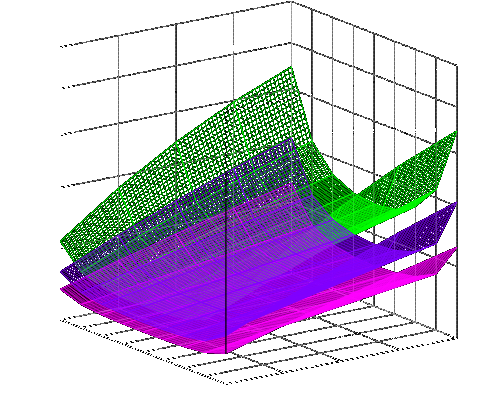We are glad to let you know that an article with title "Performance Analysis in the D-Band: A Pearson Type I Distribution Approach for Indoor and Outdoor Environments,"
by Dimitrios G. Selimis; Mar Francis De Guzman; Katsuyuki Haneda; Nikos C. Sagias; Fotis Lazarakis; Kostas P. Peppas has been accepted for publication in the IEEE Transactions on Communications journal.
Abstract: This work presents accurate closed-form approximations for the probability density function (PDF) of the sum of independent and identically distributed (i.i.d.) fading envelopes and square fading envelopes, experienced by indoor and outdoor channels operating in the D-band. In order to provide a simple yet accurate analytical expression for these PDFs, we propose the use of the Pearson family of distributions, which are mainly characterized by their skewness and kurtosis. Our analysis has demonstrated that among the seven types of Pearson distributions, the type I Pearson distribution provides the most accurate fit to the exact PDF of envelopes and squared envelopes, for a diverse range of indoor and outdoor wireless propagation scenarios. The distribution parameters are estimated using moments-matching techniques, while the requisite moments are obtained through a measurement campaign conducted in indoor as well as outdoor environments. Specifically, with regard to the indoor scenarios, the following locations have been considered: A mall, an airport, and an entrance hall. With regard to the outdoor scenarios, the following locations have been selected: A university campus, a residential area, and a city center. Our results are further applied to analyze the average bit error rate performance and the ergodic capacity of equal-gain combining (EGC) and maximal-ratio combining (MRC) receivers, the sum rate of rate splitting multiple access (RSMA) systems with EGC diversity reception, as well as the coverage probability of wireless systems employing intelligent reflecting surfaces (IRS). Our analysis is supported by extensive numerical results and Monte Carlo simulations.



